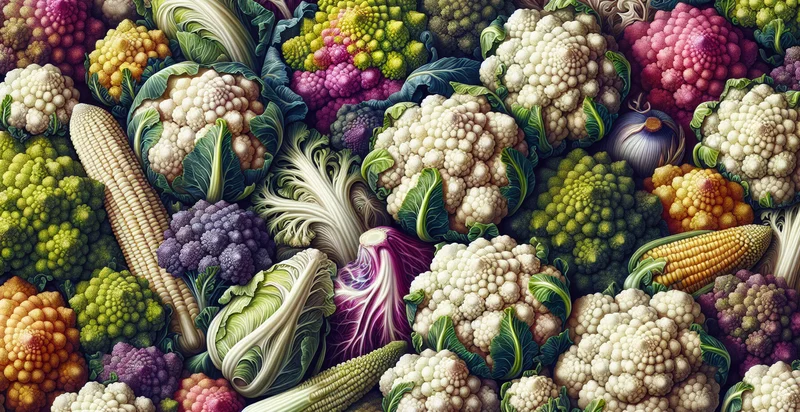Identify barley species
using AI
Below is a free classifier to identify barley species. Just upload your image, and our AI will predict what species of barley it is - in just seconds.

Contact us for API access
Or, use Nyckel to build highly-accurate custom classifiers in just minutes. No PhD required.
Get started
import nyckel
credentials = nyckel.Credentials("YOUR_CLIENT_ID", "YOUR_CLIENT_SECRET")
nyckel.invoke("barley-species", "your_image_url", credentials)
fetch('https://www.nyckel.com/v1/functions/barley-species/invoke', {
method: 'POST',
headers: {
'Authorization': 'Bearer ' + 'YOUR_BEARER_TOKEN',
'Content-Type': 'application/json',
},
body: JSON.stringify(
{"data": "your_image_url"}
)
})
.then(response => response.json())
.then(data => console.log(data));
curl -X POST \
-H "Content-Type: application/json" \
-H "Authorization: Bearer YOUR_BEARER_TOKEN" \
-d '{"data": "your_image_url"}' \
https://www.nyckel.com/v1/functions/barley-species/invoke
How this classifier works
To start, upload your image. Our AI tool will then predict what species of barley it is.
This pretrained image model uses a Nyckel-created dataset and has 20 labels, including Barley Bran, Barley Flakes, Barley Flour, Barley Grain, Barley Kernels, Barley Malt, Barley Root, Barley Straw, Feed Barley and Food Barley.
We'll also show a confidence score (the higher the number, the more confident the AI model is around what species of barley it is).
Whether you're just curious or building barley species detection into your application, we hope our classifier proves helpful.
Related Classifiers
Need to identify barley species at scale?
Get API or Zapier access to this classifier for free. It's perfect for:
- Agricultural Research: The barley species identifier can be utilized in agricultural research to classify and analyze different species of barley plants. This information can help scientists understand genetic diversity, develop more resilient crops, and enhance breeding programs.
- Quality Control in Brewing: Breweries can implement the classifier to ensure the barley used in their production meets specific species criteria. This guarantees that the unique flavors, qualities, and brewing characteristics associated with certain barley types are preserved in their final products.
- Precision Farming: Farmers can use the barley species identifier to optimize their cultivation practices by identifying the best barley species suited for their specific soil and climate conditions. This can lead to increased yield, reduced waste, and improved resource management.
- Supply Chain Transparency: Grain traders and suppliers can leverage the classifier to verify the species of barley in their supply chains. This enhances traceability and allows for more informed decisions regarding pricing and quality assessments.
- Educational Tool in Botany: Educational institutions can use the barley species identifier as a teaching tool in botany and agriculture courses. Students can learn to identify various barley species, understand their characteristics, and appreciate their importance in ecosystems and human food sources.
- Genetic Conservation Efforts: Conservation organizations can utilize the classifier to monitor and preserve rare or endangered barley species. This can aid in data collection for biodiversity conservation and help implement targeted preservation strategies.
- International Trade Compliance: Importers and exporters of barley can use the species identifier to ensure compliance with international trade regulations concerning agricultural goods. Accurate classification helps meet health and safety standards, reducing the risk of penalties or product detainment.


